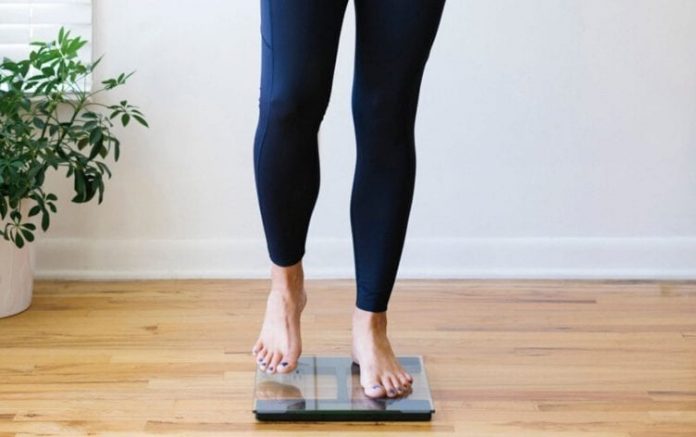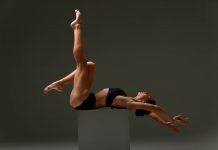Why this move is great for your lower half
The move requires balance, stability, and control. “It’s the ultimate compound move for your lower body,” she explains, as it combines strength (from the step-up and reverse lunge) and power (from the jump lunge). With this move, you essentially work your entire lower body, including your glutes, quads, hamstrings, and core. You’ll also likely get your heart rate up, which makes it a good cardio exercise too.
The jump lunge portion specifically adds plyometric work and the cardio. Plyometric moves—exercises that involve explosive movement, like hops and jumps—are great for developing power, elevating your heart rate, and incorporating high-intensity work into your training, says Stokes. The jump lunge, in particular, is “pretty freaking difficult,” says Stokes. Doing a set of back-to-back jump lunges without a break would be very tough. The fact that this move incorporates a step-up and reverse lunge in-between each jump lunge means you get a small reprieve in intensity between the jump lunges, Stokes explains. But that doesn’t mean it’s easy—again, it’s three separate lower-body moves combined into one, and you’ll probably get fatigued pretty quickly as you give it a go.
How to do the move
As mentioned, you’ll need a bench or step to perform this move. The ideal height of your elevated platform depends on your own height, says Stokes. A good rule of thumb is to find a platform high enough that when you place one foot on top of it, the hip and the knee of that leg are at the same height, or the knee is perhaps slightly higher. Use a shorter step and you won’t get as much glute work; use a step that’s too high and you won’t be able to step up and down with control.
Also, the move, as Stokes demos it, is “definitely not beginner-level,” she says. If you’re new to exercise, scroll to the second to last paragraph for a recommendation on how to modify it.
- Stand tall in front of your elevated platform.
- Step your right foot up onto the platform, making sure to place your entire foot onto the platform.
- Engage your core, squeeze your right glutes, and drive through the heel of your right foot to step up onto the platform, lightly setting your left toes on top, but keeping most of the weight in your right leg. At the top of the step-up, make sure you stand up straight with good posture.
- Then, with control, reverse the movement and step your left foot off the platform, and place it on the ground, keeping most of your weight in your right heel and squeezing your right glutes as you lower down.
- Once your left foot is on the ground, lift your right foot off the platform and take a big step back to get your body into position for the reverse lunge. Your left foot will be in front and your right foot will be about 2 feet behind it.
- From here, keeping your core tight and posture tall, bend both knees to perform a reverse lunge. Squeeze your left glutes as you lunge.
- At the bottom of the lunge, push through the heel of your left foot and the ball of your right foot to jump straight up.
- As you jump, switch your stance so that your left foot goes back about 2 feet, landing on the ball of your right foot and keeping your heel off the ground. Your right foot is now in front, flat on the floor, facing forward.
- Lift your left foot off the ground and step up onto the platform to repeat the pattern, this time leading the step-up and reverse lunge with your left foot.
- Continue this pattern for 60 to 90 seconds. Repeat for 3 to 4 sets, suggests Stokes.


























